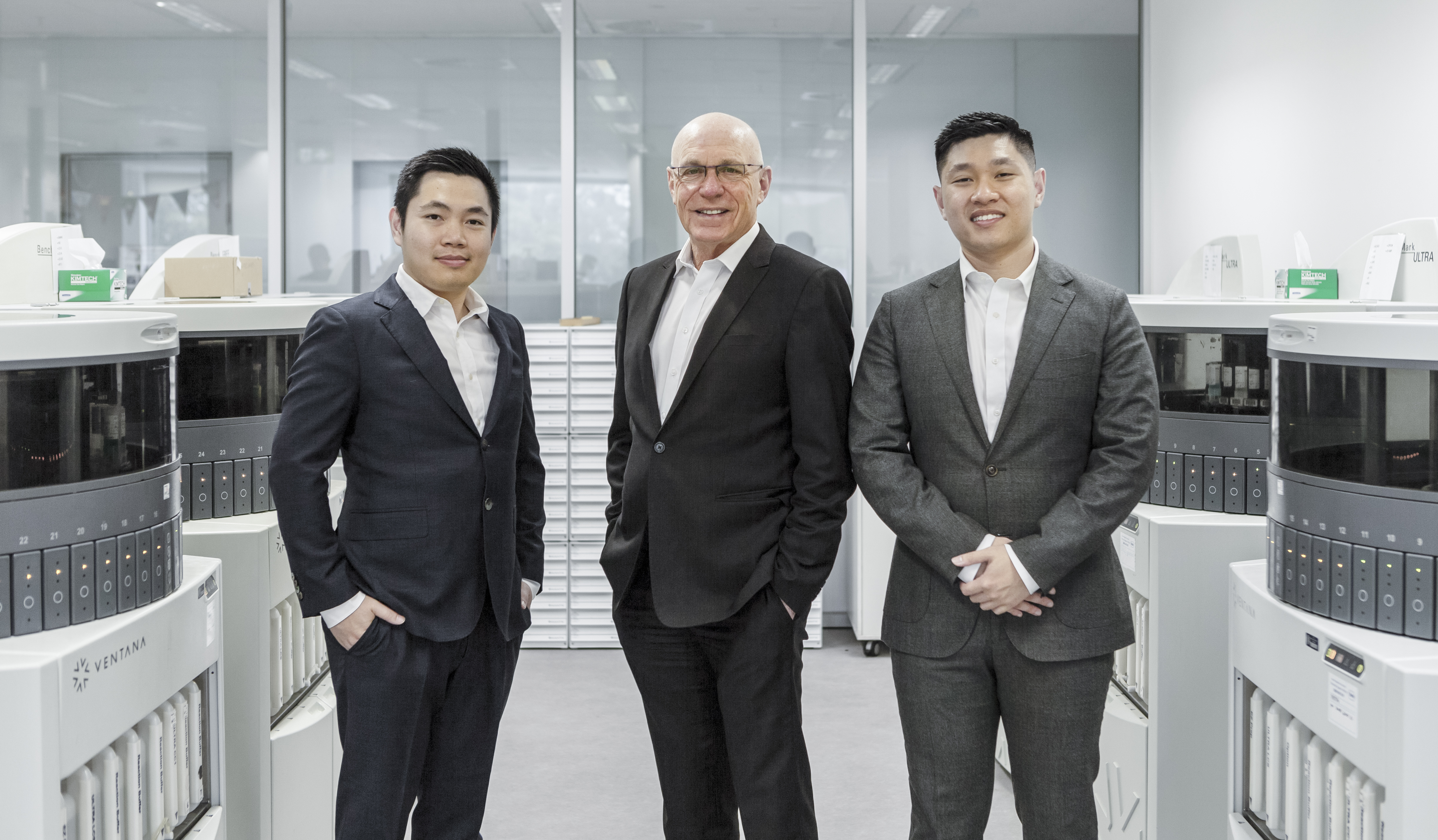Jack Dorsey was Twitter’s first CEO — and also its fourth.
He led the platform from its launch in 2006 until he passed the torch to co-founder Ev Williams two years later. In 2015, Dorsey returned to the role after Dick Costolo’s stint, even though he was simultaneously serving as CEO of fintech platform Square.
Like many, I wondered how one person could adequately handle that level of responsibility. And apparently, so did Dorsey.
“There’s a lot of talk about the importance of a company being ‘founder-led,’” he wrote in a letter to employees.
“Ultimately I believe that’s severely limiting and a single point of failure. I’ve worked hard to ensure this company can break away from its founding and founders.”
Full TechCrunch+ articles are only available to members.
Use discount code TCPLUSROUNDUP to save 20% off a one- or two-year subscription.
The Equity podcast team discussed his departure in a TechCrunch+ post yesterday afternoon:
- Alex Wilhelm: A call to return to the old normal from the new normal
- Natasha Mascarenhas: A reset would rewrite how VCs and entrepreneurs do business
- Amanda Silberling: Founders aren’t rock stars
It’s too early to say whether the move will alter the founder-led ethic that permeates Silicon Valley.
Personally, I’m hoping it starts a trend where mature tech companies do a better job of recognizing and rewarding employees who innately understand their culture, products and services. Case in point: Former CTO Parag Agrawal was initially hired as a software engineer, but a decade later, he’s leading Twitter’s 5,500 employees.
Perhaps it should be pro forma for corporate boards in search of a new CEO to start by talking to the company’s longtime engineers, product managers and marketing leads.
Thanks very much for reading,
Walter Thompson
Senior Editor, TechCrunch+
@yourprotagonist
Is Nubank’s lower IPO pricing bad news for Brazilian startups?
Brazil-based Nubank initially indicated that it planned to raise a maximum of $3.66 billion in its upcoming IPO, but this morning, the Latin American neobank’s holding company lowered that to $2.86 billion.
This public offering was coming in hot; why throttle back now? In this morning’s edition of The Exchange, Anna Heim and Alex Wilhelm unpack the numbers for the new proposed valuation and ask, “Does the revision matter?”
Product-led growth and signal substitution syndrome: Bringing it all together
Collecting data to optimize B2B marketing is notoriously difficult.
“Practitioners tend to see each new source of information about their potential buyers — each signal type — as a substitute for the last one that didn’t work,” according to Kerry Cunningham, senior principal at account engagement platform 6sense.
Embracing a product-led growth mindset allows organizations to look at users as signals, “just like form-fill leads, de-anonymized website traffic, visitors to your booth, and the rest,” says Cunningham.
Black Friday data adds to evidence e-commerce growth is slowing
News of the omicron coronavirus variant may have suppressed retail activity over the Thanksgiving weekend, but what’s the explanation for flat online spending?
This year, Black Friday e-commerce totaled just $8.9 billion, compared to $9 billion in 2020.
“Perhaps we should not have been surprised,” writes Alex Wilhelm. “There were warning signs.”
Looking back at missed Q3 estimates from companies like Shopify, Amazon and Pinduoduo, “somewhat softer e-commerce numbers simply should not be a surprise,” he concludes.
Due to supply-chain concerns and ongoing pandemic restrictions, retailers say consumers started shopping earlier this year. Still, this is the first time we’ve seen a decrease in Black Friday spending.
“The pandemic gaveth, and now seems less inclined to continue to giveth, even if e-commerce itself is still growing,” writes Alex. “It’s just that it’s growing more slowly than investors expected.”
4 key strategies for succeeding at international expansion
International expansion counts as one of every startup’s milestones, but the path to realizing your global ambitions “is riddled with obstacles,” writes angel investor Marjorie Radlo-Zandi.
Drawing from over 20 years of experience leading and expanding a food diagnostics company to more than 100 countries, Radlo-Zandi shares four core strategies for companies looking to enter foreign markets:
- Market research
- Prioritizing locations based on ROI
- Customizing deals and marketing
- Performance monitoring and contractual goals
As human capital grows scarce, flexible compensation can help attract and retain talent
The pandemic-fueled labor shortage has many causes, but inflexible and inadequate compensation is one of the most discussed.
However, employees don’t always leave because of pay. “An opaque model for allocating compensation” is often to blame for employees feeling unheard and unseen, writes Compright CEO Boyd Davis.
Davis explains how startups can tackle this issue by analyzing employee and market data to come up with compensation strategies that are transparent, equitable and fair.
The pandemic taught us to be flexible and “embrace change and be open to adjusting processes, [which] holds true for compensation planning as well,” Davis writes.
Why SoundHound is valued at 5 Shazams
Music recognition service SoundHound more or less disappeared about five years ago, so it was a surprise when its SPAC backer announced the company’s IPO at a valuation of $2.1 billion.
That, Anna Heim notes, is five times as much as Apple paid for Shazam, its biggest competitor.
SoundHound turned down the volume as it quietly developed a conversational AI product it now sells to a number of leading brands. “If its SPAC deck is to be believed, it seems it is just doing magic in plain sight,” writes Anna.
Dear Sophie: How long does International Entrepreneur Parole take?

Image Credits: Bryce Durbin/TechCrunch
Dear Sophie,
My co-founders and I think we might qualify for International Entrepreneur Parole.
How long does it take to get IEP approved? How does that compare to other options that are available to startup founders, and can my spouse work?
— Committed COO
How Pilot convinced Index Ventures to think long-term about margins
Investors often get a bad rap for pushing companies to grow without burning too much cash, but according to Pilot CTO and founder Jessica McKellar, clear communication is key to soothing investor concerns.
In the latest episode of TechCrunch Live, McKellar and Index Ventures partner Mark Goldberg talked about their early tensions, and how communicating a clear road map helped the company deliver great customer experiences while giving a broad understanding of the long-term picture.




















